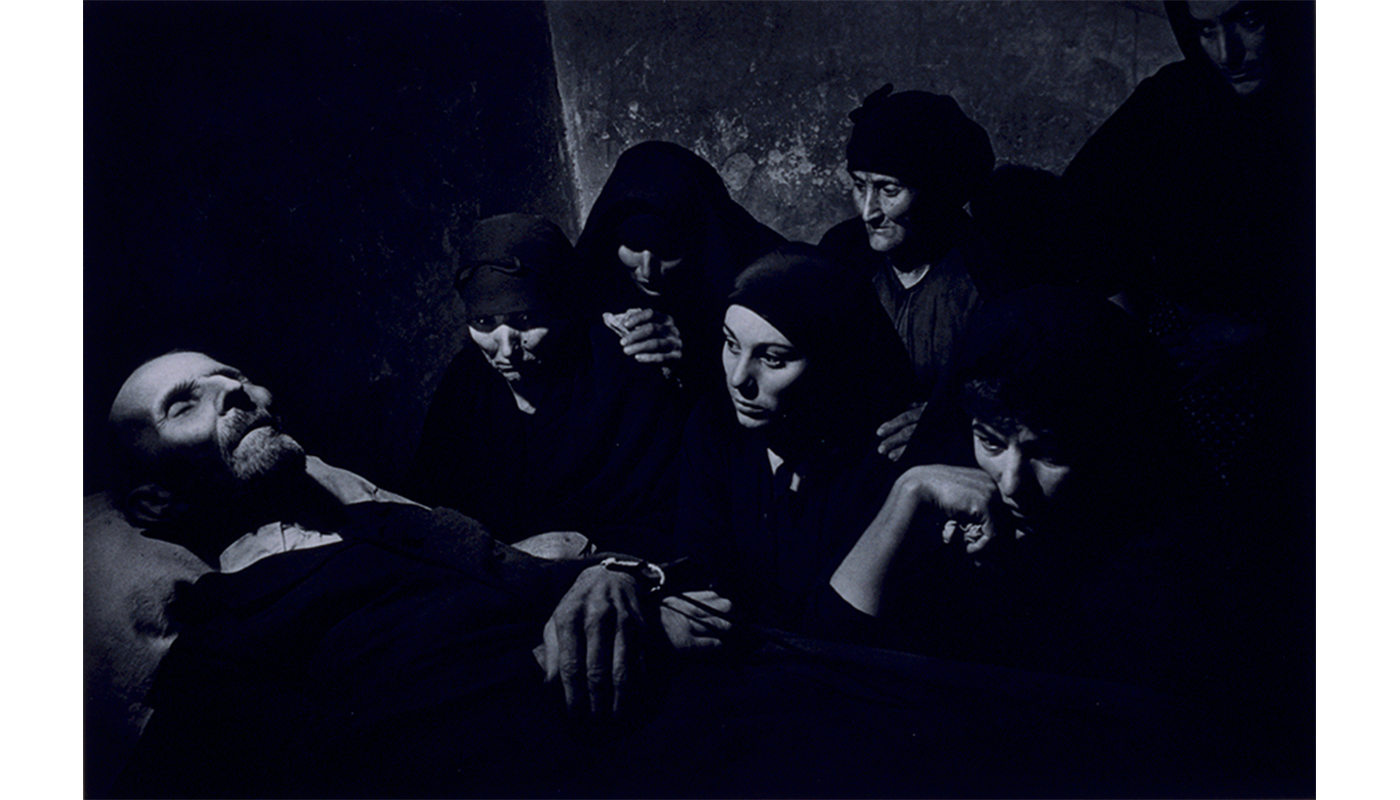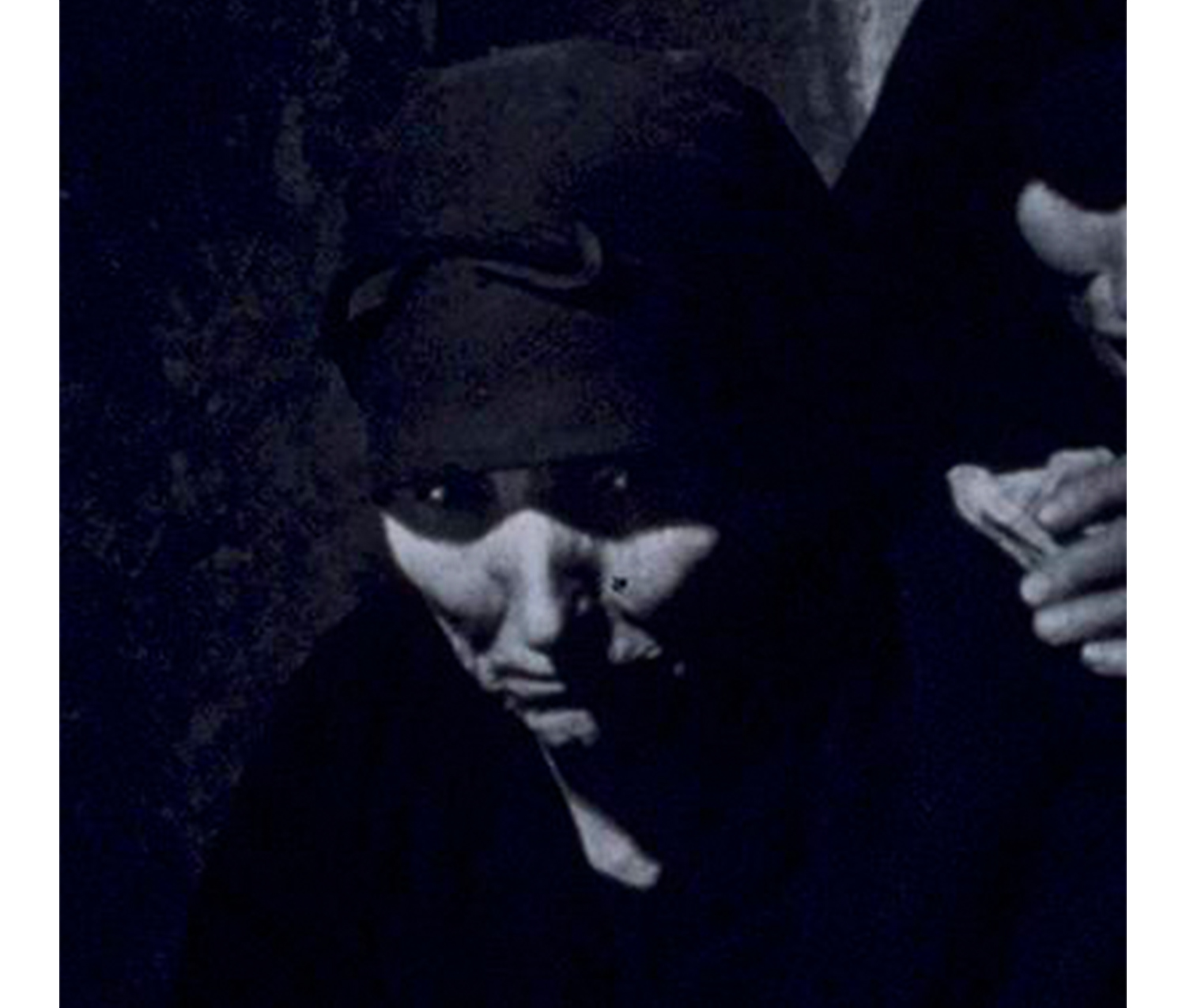
W. Eugene Smith’s “Spanish Wake”
Guest blogger Kendyll Gross was a 2012 participant in the Summer Institute in Art Museum Studies at Smith College. She also served as the 2012 Brown SIAMS Fellow with a month-long internship in the Cunningham Center for the Study of Prints, Drawings, and Photographs.
After choosing to concentrate on photojournalism, a young W. Eugene Smith remarked, “My station in life is to capture the action of life; the life of the world, its humor, its tragedy. In other words, life as it is. A true picture, unposed and real.” Humanism and social responsibility are strong themes found within Smith’s body of work. He often lived among his subjects for weeks, completely immersing himself within their everyday life. Smith passionately committed himself to capturing intimate scenes that revealed the essence of his subjects and hoped that his images would help to stir the emotions and conscience of his viewer.
The "Spanish Village" series concluded a European trip that had begun in Great Britain. On May 2, 1950, Smith crossed the Spanish border with an assistant and an interpreter. Life wanted Smith to report on problems with the food supply in Franco’s Spain. However, Smith was determined to do something with a much more political angle; the timing of the photo-story coincided with the United States’ discussion of allying themselves with Spain although the country was under fascist rule. Smith wanted to highlight the poverty and fear within Spain brought on by Francisco Franco. It took him two months of wandering all over Spain to find the village of Deleitosa, a rural town suffering from severe economic difficulties caused by the burdens of the Franco regime. An article by Gomez de la Serna in the daily paper ABC convinced him that this was where he should look for the reality of life in Spain.
The dramatic lighting in Spanish Wake complements the somber subject matter. The photograph shows an elderly man upon his deathbed surrounded by six women covered in veils and headscarves. Among these women are his wife, daughter, and granddaughter. In Spanish Wake, Smith makes compelling use of what is called chiaroscuro lighting, which dates back to Renaissance paintings. It pertains to depicting stark contrasts between light and shadow to emphasize space and depth as well as a sense of drama. The scene’s intense lighting creates a dominant mood of mourning and sadness. The deceased man’s face seems to radiate its own glow among the darkness, creating a halo effect while the distressed, pale faces of the women are clear and poignant among the setting’s shadows. The expressive contrast between light and dark intensifies the already tragic scene and immediately pulls the viewer into the emotional turmoil of the photograph.

Detail of Spanish Wake
Although Smith sought to create “a true picture, unposed and real,” he was known to manipulate the negatives of his images. Two of the women from Spanish Wake, the wife (see detail above) and the daughter, were looking almost directly at Smith when he took the image, but Smith solved this problem in the final print. He printed their eyes almost totally black then with a fine-tipped brush applied bleach to create new whites. The result was to redirect the pupils of the two women’s eyes downward and to the side. Had Smith decided to leave the photograph as it was, the mood of the image would have changed drastically. This manipulation of the women’s eyes makes the scene more accessible as it appears the viewer is peering into an undisturbed and confidential moment. While Spanish Wake itself may not be completely honest, it channels Smith’s desire for uninhibited photography that captures the emotional reality of a situation.